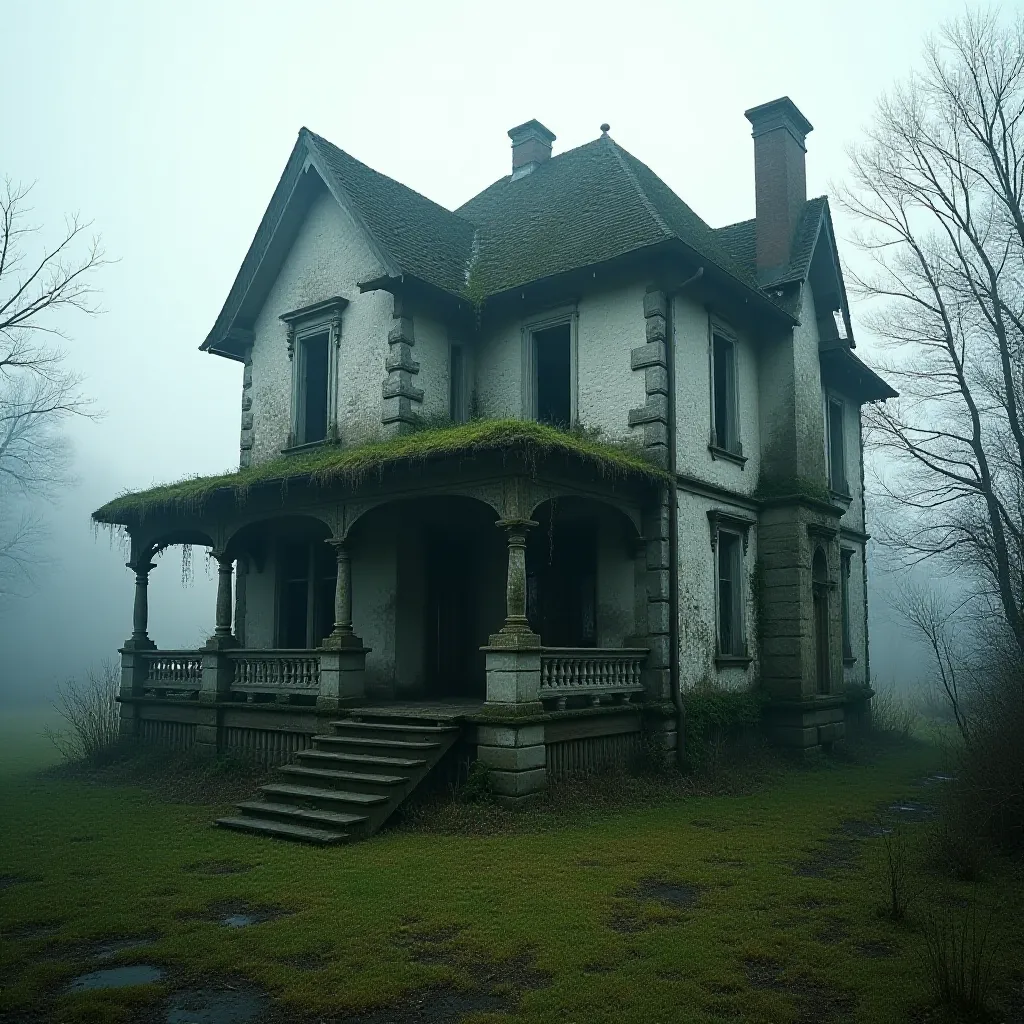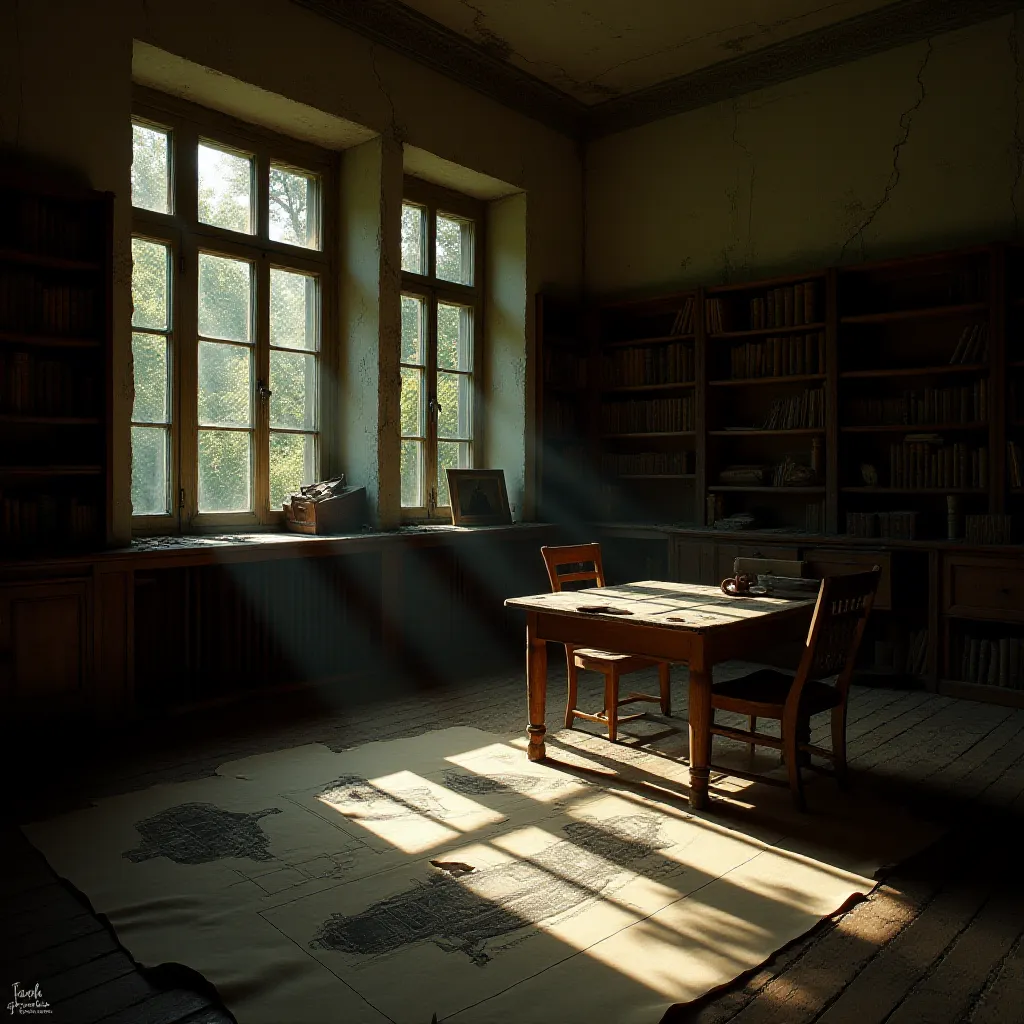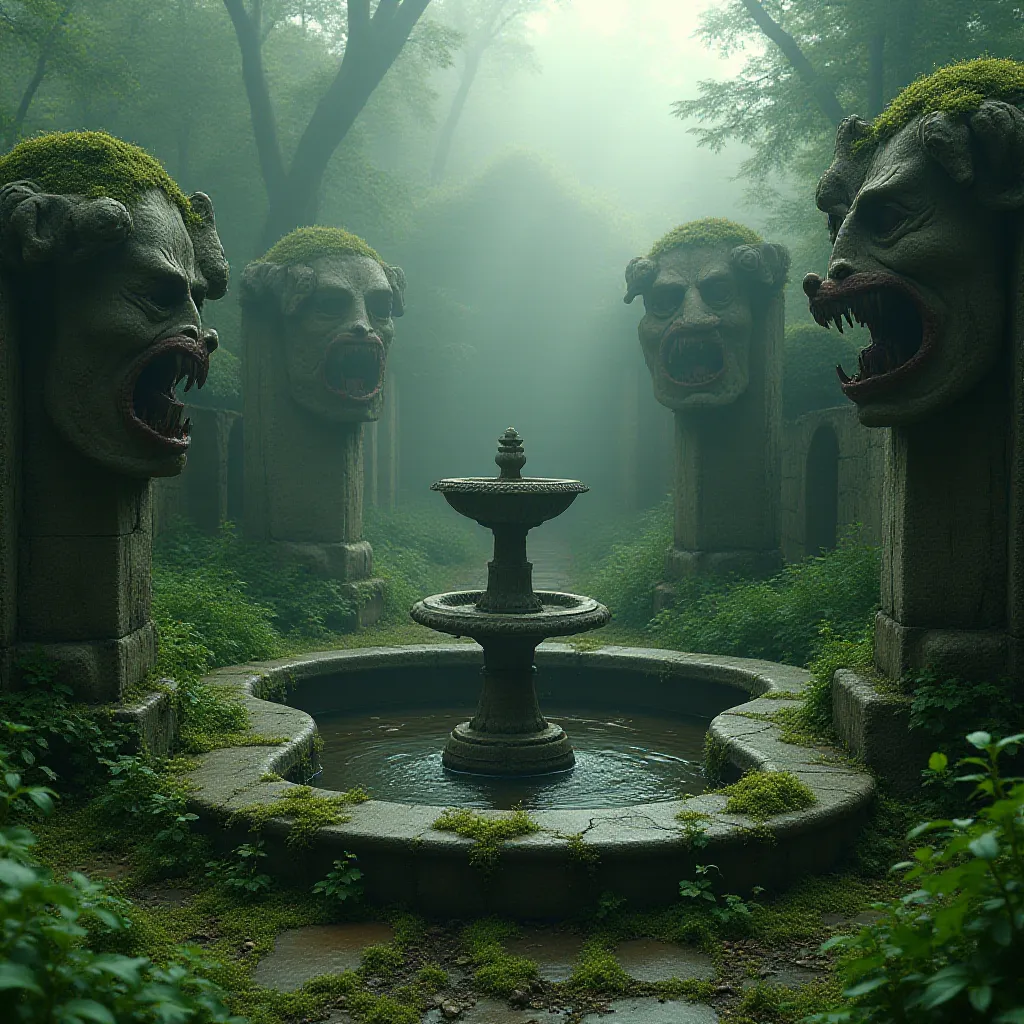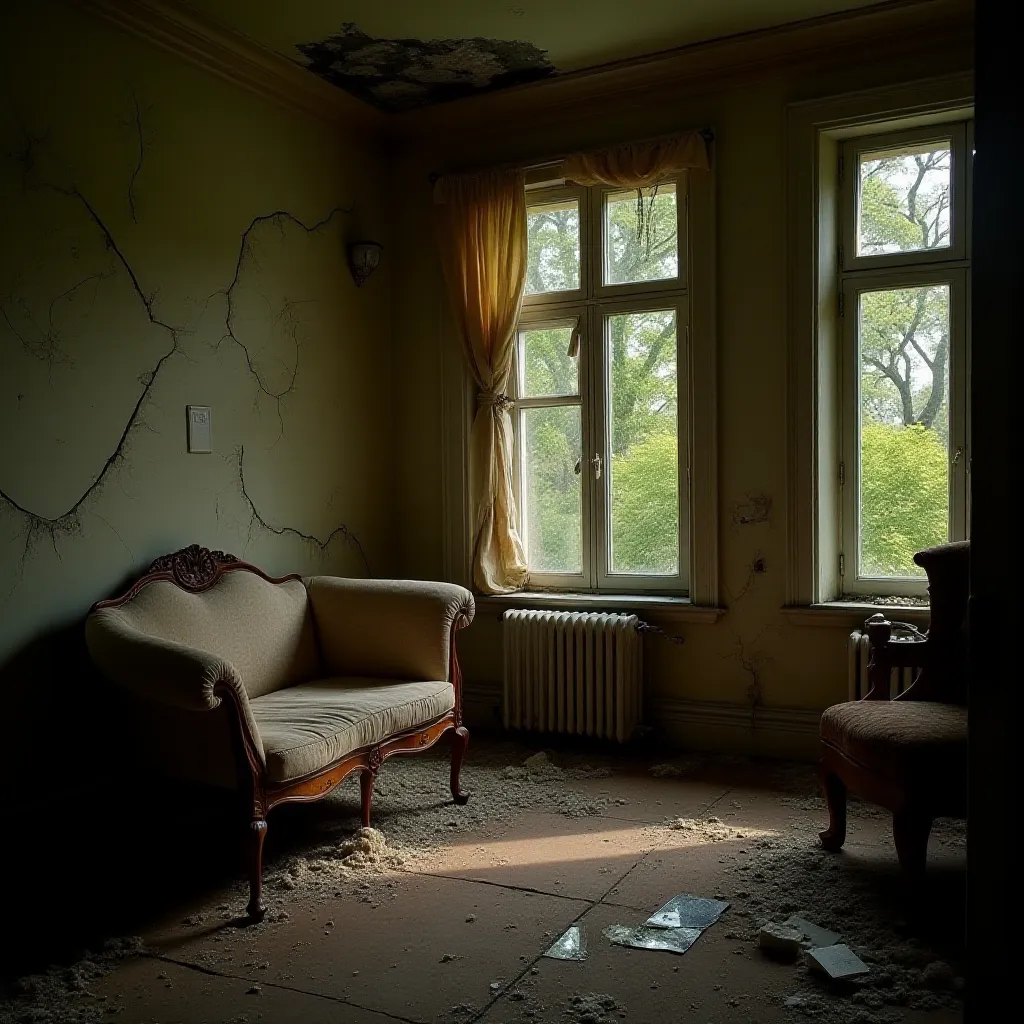The Haunting of Percival Hargrave’s Mansion

The abandoned Victorian mansion of Percival Hargrave sits at the edge of a mist-shrouded lake, its once-pristine white facade now faded and weathered by the hands of time. Situated on land far from any town, the house is entangled in vines and moss, its architecture slowly succumbing to nature’s force. Many believe that Percival Hargrave, a brilliant but misunderstood inventor, vanished under mysterious circumstances, leaving behind only this eerie monument to his obsession with secrecy and innovation.
In the early 1800s, Percival Hargrave was renowned for his groundbreaking work in mechanical engineering. Obsessed with creating a machine that could alter the very fabric of reality, he spent countless years in his mansion, his only companions the drafts of his blueprints and his old mechanical devices. Yet, something strange began to happen. The mansion became a reflection of Percival’s increasingly erratic mind. The machines he created, once simple and elegant, grew more and more bizarre, as did his designs for the house itself. The tall spires and broken windows were perhaps an outward manifestation of the inner chaos Percival faced.
Percival’s Obsession with Time

Inside the mansion, time seemed to stand still. One room, a study where Percival spent most of his time, is filled with the remnants of his obsession. Overturned chairs, dusty bookshelves, and shattered glass from the broken windows tell the story of his final days within the mansion. Among the detritus, faded blueprints hint at the strange and ambitious inventions he never finished—machines that seemed to defy the natural laws of physics.
The room smells of musty wood, with strange metallic objects scattered across the floor. It is as if Percival Hargrave’s mind and spirit were trapped within this space, unable to escape. Despite the years of neglect, there is an unsettling calmness here, as though Percival is still present in the air, working on his latest creation.
The Strange Fountain and Forgotten Garden

Outside, the overgrown garden holds an old, nearly dried-up fountain. The delicate carvings of mythical creatures, now worn and weathered, are barely visible beneath the moss that clings to every surface. The fountain seems almost frozen in time, much like the house itself. Around the garden, scattered statues of grotesque faces add to the eerie atmosphere, their weathered stone eyes following visitors as they walk through the fog-laden yard.
It is said that Percival designed the garden as a tribute to his lost loves—mechanical beings he created, only for them to fail and crumble to dust. Each statue in the garden is a representation of his past creations, his attempts at defying mortality.
Echoes of a Lost Era

In the parlor of the mansion, faded furniture sits, untouched, like relics from a forgotten era. The once-grand room now echoes only silence, the air thick with dust and decay. Mirrors that once reflected the beauty of the house now only show broken glass, and the walls are cracked, bearing the marks of time’s passing. Yet, through the decaying space, sunlight manages to filter through the broken windows, casting strange reflections across the room. It is as though the house is still clinging to some form of life, holding on to the memories of a time long past.
This house, with all its crumbling beauty, stands as a testament to the eccentric genius of Percival Hargrave. While the world outside may have moved on, inside the mansion, his legacy lives on in the form of forgotten machines and fading memories. The mansion itself seems to have become a machine—its gears rusting, its purpose lost, but its eerie beauty enduring.